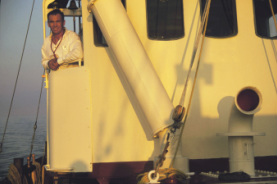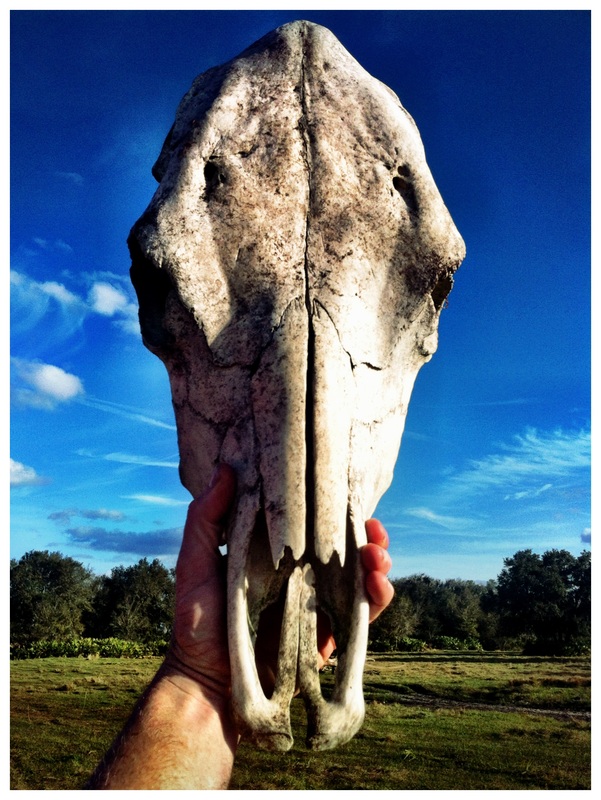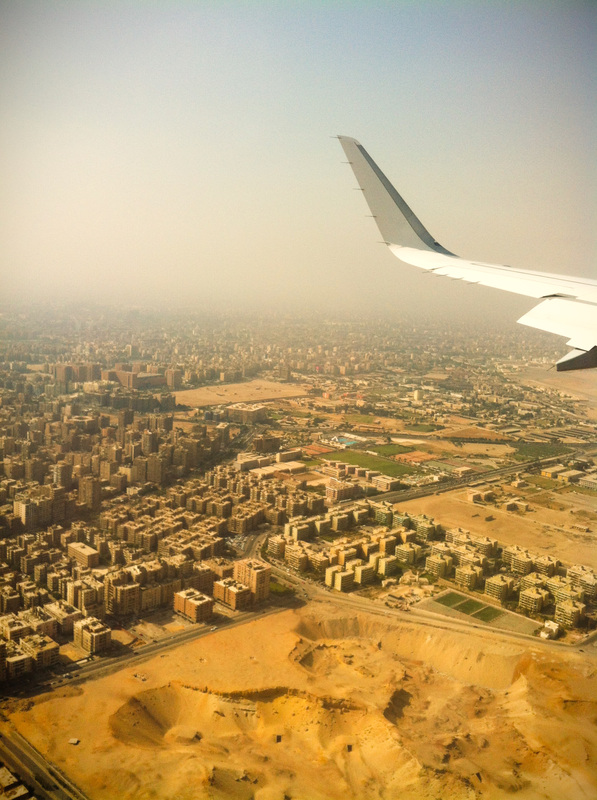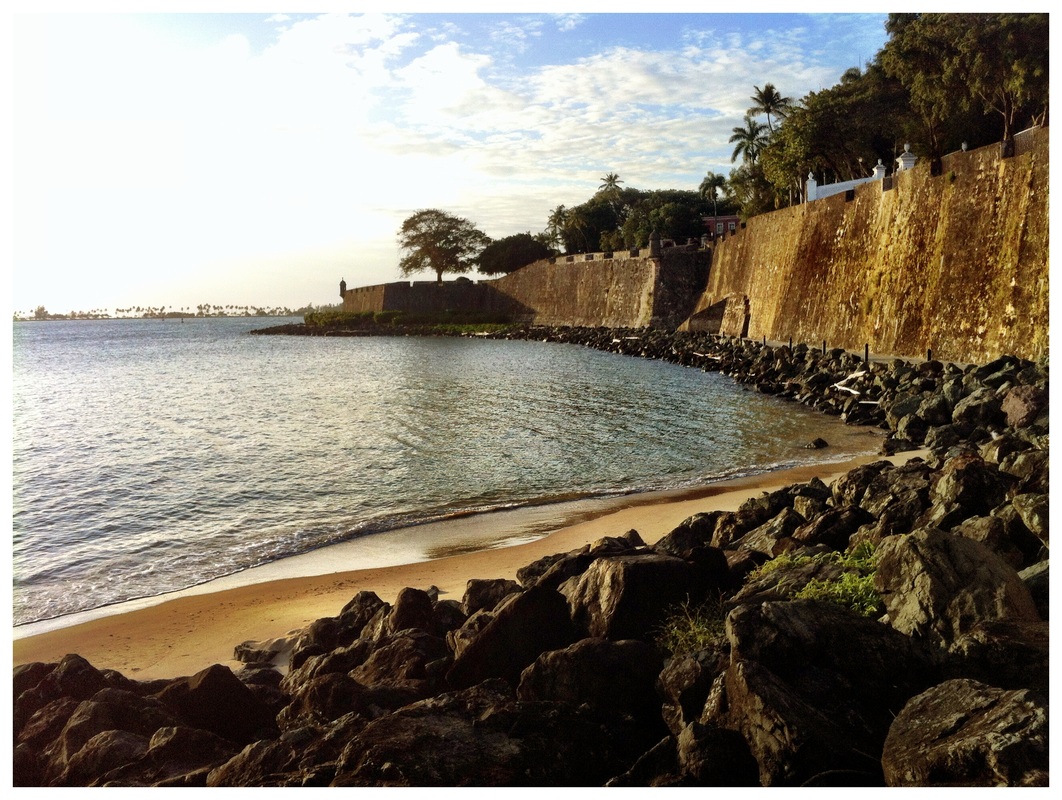
Team, I get to spend a lot of time wandering around sunken Egyptian
cities.
And while excavating the location of Cleopatra’s Palace,
or the great temple at Canopus that disappeared in cataclysmic events
thousands of years after the beginnings of history, and yet more than a thousand years before now, my mind sometimes wonders to the inevitable question,
when will it happen next?
climate change, and the fact that my own house in Key West is just 8 feet
above sea level, it seems irresponsible not to give the subject some
thought.
If the British had taken this statistically predictable
phenomenon into account when building Port Royal, Jamaica, they might have been less
surprised when, one afternoon in 1692, the whole town sank. And its not like we
haven’t been exposed to tales from antiquity giving us a heads-up. Atlantis, anyone? Noah?
But hey, we have to live in the here and now, don’t we?
We cant go missing out on all those sunset views just because our Condo complex
Might fall in the sea. Im just suggesting that if you, our estate, or some future civilization is going to come
looking for your submerged stuff, here are a few tips that seam to work.
- Build
with brick and mortar. It is very rare to find any construction materials
left after a period of time inundated. Exception; some of the towns flooded
by damming rivers remain entirely intact, and are popular pleasure diving
spots. Old Jyndabyne Township, New
South Wales,Australia, flooded by a dam
project mid 1900's.Boasts many rock and brick buildings but the best is the
Ford truck still in the garage. - Don’t
build on a sand bar. Port Royal was
constructed on sand 60 feet deep, that “liquefied” during an earthquake
sending the buildings falling through a foundation while it disappeared
beneath them into the bottom of the Port. - Bury
your valuables, and put in some I.D.: Archaeological divers are always
finding jewelry and coins laying around on the sea floor, at the mercy of
tides and storms. No way of knowing whose they were! Ceramics, on the other
hand, often bear the signature of the individual that made them, or their
owner, like Nestor’s famous drinking Cup. - Relocate
important things to Higher Ground, Like the Government! Alexander the
Great probably recognized that the Import/Export Capitol of Egypt was built
on the Nile Delta, composed of nothing but layers of sand and silt piled up
in the Mediterranean sea. In the thousands
of years of occupation by the Pharaoh’s, there was probably already history
pointing out what would inevitably happen. So he moved the entire city to
higher ground, and built on bedrock. It was such a good idea, he named it
after himself. - Don’t
move to another place that’s going to sink. In 300 bc Newly built Alexandria was a marvel
to behold, and the military and port infrastructure were built down at the
sea for obvious purposes. Unfortunately the Royal Quarters, location of the
RoyalPalace of the Ptolemy’s, and Mark
Antony’s ‘Timonium” were there as well. 600 years later, kershploosh. Into
the briny deep. - Leave
Direction Elsewhere. If you do decide to keep your city where it will
inevitably, on a geological time scale, end up on the bottom of the sea, you
or your estate might want to go back after the cataclysm and try to relocate
things. Do everyone a favor and leave some directions to where your city
Used to Be. When Heracleion sank, it took every local geological reference
point with it. - Try to
avoid areas where other people will also be loosing historically important
things, Like an entire Fleet of Ships. When Admiral Horatio Nelson destroyed
and sank Napoleon Bonaparte’s Mediterranean Fleet at the Battle of the Nile, he
did it right where a Pharaonic city had gone missing. - Leave
a Sturdy Marker. Once Goddio and team had excavated all the wrecks from the
battle of the Nile, the search could start
in earnest for a city that had disappeared into history, Heracleion, or
Thonis, had been written about extensively by ancient geographers, and
Homer. So when Goddio found the evidence of a city off the coast of
Egypt, he had a problem few
archaeologists encounter, how do you know which missing city it is?
Fortunately, it wasn’t long before he found a beautiful Stele in black
granite that stated, more or less, “Welcome to Heracleion ( please pay your
10 percent tax on all goods)”.
copyright 2012
Erric Waretenweiler Smith
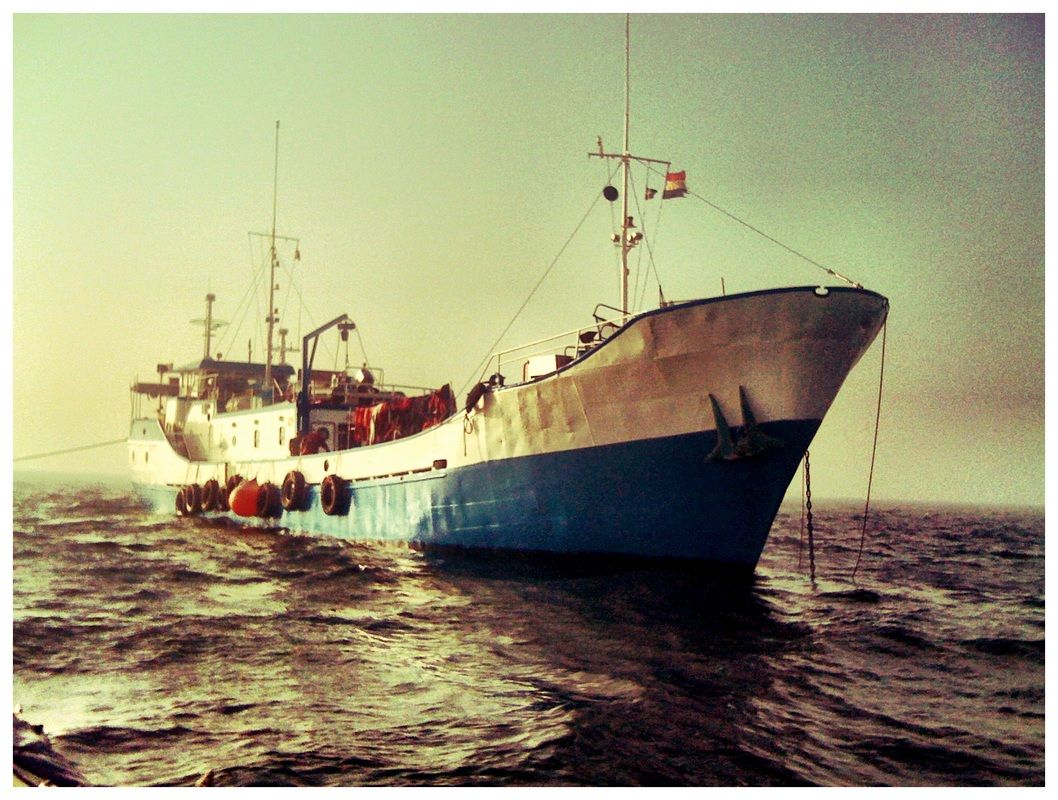
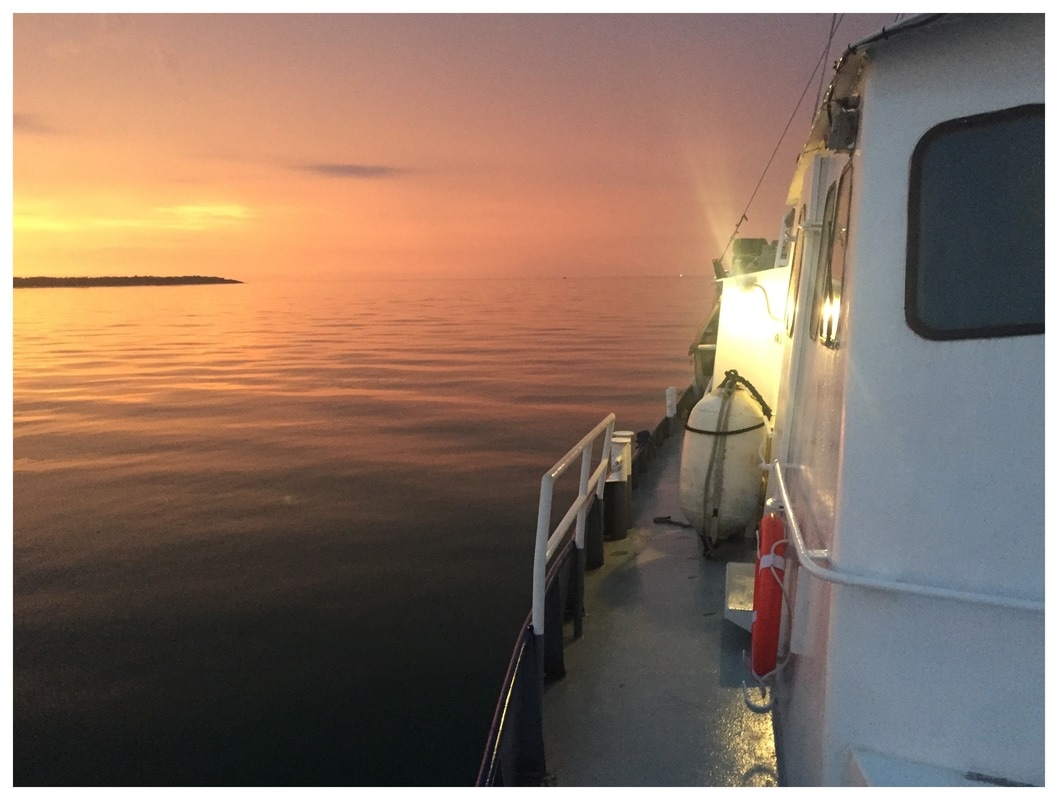
 RSS Feed
RSS Feed
